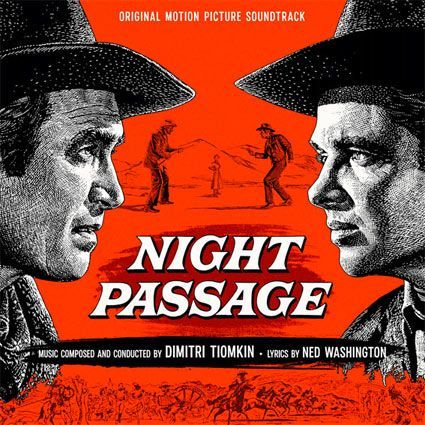Dragon Seed

Label: Film Score Monthly
Catalogue No: FSM Vol. 13, No. 10
Release Date: 29-Jul-2010
Total Duration: 117:58
UPC: 6-3855-80290-2-2
The big budget DRAGON SEED was a box office success for M-G-M in 1944, securing a place in the top ten grossing films of that year, helped no doubt by virtue of its wartime propaganda theme. In the lead, Katherine Hepburn was possibly not the most obvious choice for the role of a Chinese peasant but nevertheless she looked remarkable in early prosthetic-style make-up created by Jack Dawn to provide her with a traditional Oriental appearance. Herbert Stothart composed a rich variety of music for the lengthy 140 minute film, all of which has been preserved on this double CD, in genuine stereo no less, thanks to the use of dual microphone recording techniques.
Immediately apparent is the exceptional charm of the music, with reliance on some original Chinese themes and stylistics. The sprightly melodic music in the first few cues such as ‘This is the Valley of Ling’, ‘The Youngest Son’ and ‘To Find Jade’ effortlessly portray the farming community as they go about their peaceful daily lives (delivering numerous appropriate aphorisms!). We are about 20 minutes into the score before the reverie is broken and the music takes on more dramatic form with Stothart initiating a shock of brass in ‘Student Uprising’ as a shop owner has his stock destroyed by villagers angry that anyone would sell Japanese goods. More severe orchestral scoring greets the arrival of Japanese troops in ‘Annihilated Village’ – following on from which, is the short but eloquent pathos of ‘Grandfather Speaks’.
So much of the music works as a pleasurable listening experience completely outside the context of the film. The cue ‘Rain Came’ for example is an immensely restful piece of music as is the yearning emotion expressed by the violins in ‘I Miss Them’ and the gentleness of ‘The Seasons Bring a Grandson’ as well as the pastoral elements of ‘Reflection/Summer was Gone’. Countering such cues is the suspenseful music and use of exotic percussion used to denote the Japanese soldiers in ‘Get to Your Homes’ and ‘Chinese Quisling’. The mood darkens and the music becomes more defeatist as the villagers come increasingly under the thumb of the invaders as in ‘Through the Elements’ and ‘Are You Afraid’. The lengthy final track comprises several cues of contemplative music as the villagers debate and eventually vow to resist the occupying army, with the music eventually expressing hope, as depicted by the final exultant choral statement.
It’s wonderful to have this all-to-rare opportunity to listen to a complete Stothart score and one of such obvious attractiveness and quality. I always love the commitment of Film Score Monthly to completeness of their releases which, in this case extends to the inclusion of the music for the lengthy trailer as well as several alternative cues. Presentation is admirable with the 20 page booklet containing rare production photographs from the film and detailed notes from Frank K. DeWald and Alexander Kaplan encompassing all aspects, background/narrative/music of the film.



